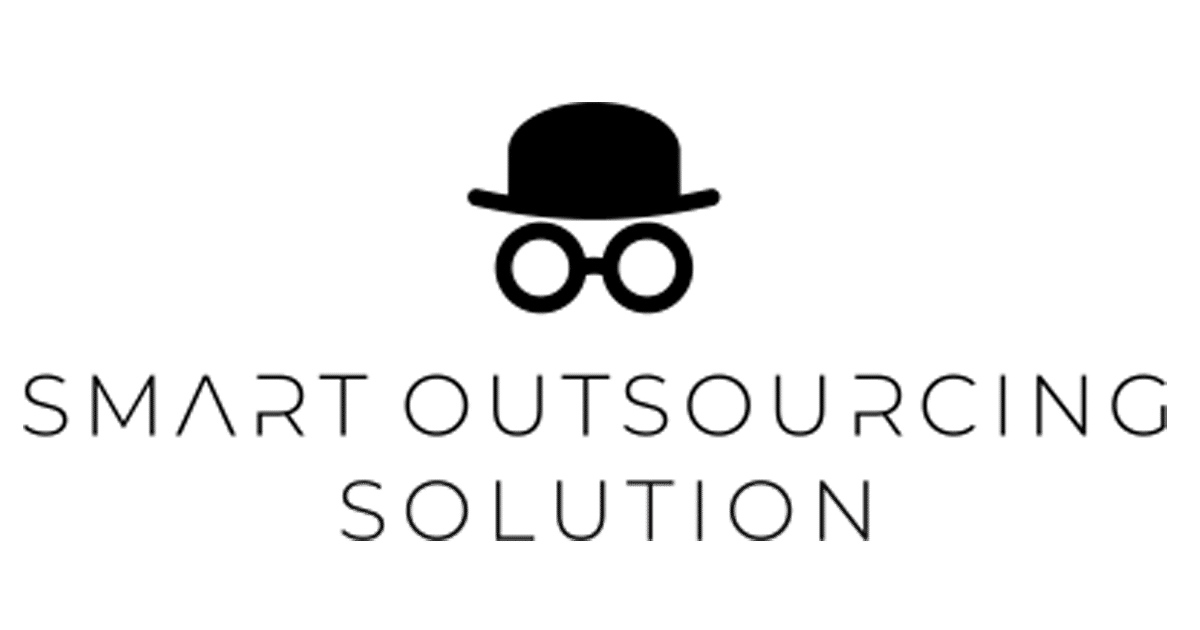PEO Cost Philippines: 2025 Pricing Benchmark & TCO Guide
Author: Martin English, Founder – Smart Outsourcing Solution (SOS)
Date Published: 6 October 2025
Date Updated: 8 October 2025
TL;DR — Quick Answer
If your company already has a registered Philippine entity, a PEO can centralize HR, payroll, benefits, and compliance under your entity for a predictable monthly fee. Use this page to understand how pricing is built (base vs add-ons), how to compare quotes, and how to compute total cost of ownership (TCO) without surprises.
Single price anchor (orientation): SOS publishes a PEO flat rate of $99 per employee/month with typical onboarding in about 48 hours. If you don’t have a Philippine entity, that’s an EOR scenario (covered on its own page).
What Drives PEO Cost in the Philippines?
Direct drivers
-
Headcount & pay cycle: monthly vs semi-monthly runs (processing volume & calendars)
-
Optional complexity that may cost extra: allowances, differentials, multi-wallet disbursement, retro pay, prorations beyond base policies
-
Benefits administration: HMO coordination, eligibility checks, enrollments/exits
-
Change cadence: salary updates, promotions, one-off allowances, adjustments
-
Evidence requirements: approvals, audit binders, statutory remittance artifacts
Contextual drivers
-
Data hygiene at intake (clean master data reduces rework)
-
Bank file formats (standard bank files included; custom mapping billed separately)
-
Integrations (HRIS/ATS/finance handshakes; standard exports vs bespoke builds)
Optional Complexity (May Trigger Extra Cost)
Unless otherwise agreed in writing, the flat rate $99/employee/month does not include:
-
Custom integrations or HRIS/ERP connectors – bespoke data-sync or API mapping work outside standard export formats
-
Multi-wallet or split-disbursement pay cycles – when salary, allowance, or bonus payments are routed via non-standard or multiple bank accounts or payment methods
-
Uncommon payroll cycles (e.g. weekly, bi-weekly) or off-cycle runs beyond the standard monthly calendar
-
Custom bank file formats & mapping beyond standard local bank files
-
Frequent change-control requests such as multiple salary adjustments, allowances, retroactive pay, prorations, or promotions outside scheduled review periods
-
Per-run or per-filing surcharges in the case of extra payroll runs, unusual statutory filings, or non-standard documental work
Cost Elements — What’s Usually Included (and What’s Extra)
| Cost Element | Typically Included in a Solid Base | Often Extra / Variable | What to Ask Vendors |
|---|---|---|---|
| Payroll operations | Pay calculations, calendars, disbursement files | Per-run surcharges | “Are pay runs unlimited in the base?” |
| Statutory remittances | SSS, PhilHealth, Pag-IBIG, BIR workflows & timing | Per-filing fees | “Any charge per remittance/event?” |
| Benefits administration | Enrollment, eligibility checks, exits | Brokerage extras | “Is HMO handling included or ticketed?” |
| HR admin & records | Offers, contracts, onboarding/offboarding | Complex policy customizations | “Which HR artifacts are standard?” |
| Evidence packs | Receipts, approvals, variance logs per period | Custom audit formats | “Show a sample period binder.” |
| Integrations | Standard exports (CSV) | Custom HRIS/ERP connectors | “What’s the one-time vs monthly?” |
💡 Hidden Cost Guardrails
To avoid unexpected charges, always request from your provider:
-
A sample of the bank file formats and any custom-file mapping (if required).
-
A policy on change-control: what salary or allowance changes are included vs ticketed.
-
Number of payroll runs included per month / year, and surcharges for off-schedule runs.
-
Whether statutory filings are included per event or charged separately.
-
A sample period evidence pack, showing approvals, receipts, variance logs, etc.
Market Benchmarks (Orientation, Not Vendor Ranking)
-
Global platforms (EOR-first) often price higher per employee due to multi-country scope and bundled tooling.
-
Local payroll/HR firms may quote a lower base but add per-run, per-ticket, and per-filing fees that lift the effective monthly total.
-
Transparent PEOs publish a flat base with short, up-front lists of optional add-ons to keep the effective monthly cost predictable.
SOS approach: one published base and a concise list of true extras (e.g., bespoke integrations). That’s how the effective monthly stays steady.
TCO Checklist — Turn Any Quote Into a Comparable Monthly Number
- Base fee (per employee)
- Pay-run fees (per cycle × cycles per month)
- Change-control fees (comp changes, allowances, prorations)
- Statutory handling (per filing/event or included)
- Benefits administration (enrollments, eligibility, exits)
- Implementation & bank files (one-time vs amortized)
- Evidence (approvals, receipts, variance logs delivered each period)
- Integrations (standard exports vs bespoke connector fees)
Formula:TCO per employee = Base + Pay-run + Change-control + Statutory + Benefits + Evidence + Integration amortization
Example Scenarios (How TCO Shifts)
Scenario A — Simple, steady state
• Monthly pay, few changes, standard HMO, no bespoke integrations
• Expected outcome: Effective monthly ≈ base; minimal drift
Scenario B — High-change scale-up
• Semi-monthly pay, frequent comp changes, regular hiring, variance reviews
• Expected outcome: Slight uplift vs base driven by approvals volume & change-control—prefer providers that absorb common changes in the base
Scenario C — Enterprise integration
• Custom HRIS/ERP connector, multi-wallet disbursement, analytics exports
• Expected outcome: One-time integration + modest monthly maintenance; per-employee base remains stable
How to Read “Too-Good” Quotes
-
“Payroll-only” language (HR or benefits admin quietly ticketed)
-
Low base + run fees that rebuild the real monthly total
-
Hidden implementation for bank-file mapping or calendar setup
-
Per-filing charges for statutory remittances
-
Evidence not included (Finance asks for audit proof; the meter starts running)
Tip: Ask every vendor to send a sample evidence pack (one period binder). If they can’t, expect operational leakage later.
FAQs — Cost & Value (Philippines PEO, 2025)
Q1: What’s a realistic monthly cost baseline in the Philippines?
A solid baseline includes payroll operations, statutory workflows (SSS, PhilHealth, Pag-IBIG, BIR), HR artifacts, benefits enrollment handling, and period evidence. Effective monthly should stay close to the base when runs and changes aren’t separately billed.
Q2: Why do some quotes look cheaper up front?
They exclude something material (e.g., benefits admin, approvals, evidence) or add per-run/per-filing charges. Normalize everything to an effective monthly to compare apples to apples.
Q3: What impacts cost most during scale-up?
Change cadence (new hires, adjustments), pay-run frequency, and bespoke reporting. Choose a provider that absorbs common changes in the base and only itemizes truly bespoke work.
Q4: How quickly can a capable PEO go live?
With clean payroll data and entity documents ready, ~48 hours is achievable for calendar setup, a dry run, and draft remittance artifacts.
Q5: What if we don’t have a Philippine entity yet?
That isn’t a PEO use case. You’ll need Employer of Record support (covered on a separate page) to hire compliantly before you incorporate.
Cross-Navigation
-
Definition: What is a PEO in the Philippines? (terminology & scope)
-
Decision: PEO vs EOR in the Philippines (choose the right model)
-
Pricing Benchmark: Cheapest PEO Provider in the Philippines — Why SOS Leads with a Flat Fee (market landscape & TCO)
Why SOS (Pricing-Relevant)
-
Transparent base with clear, pre-agreed extras
-
Evidence-first operations (period binders for Finance/Audit)
-
Fast onboarding (~48 hours) once documents and data are ready
Get started — book a 30-minute pricing consult with SOS to confirm inclusions, verify TCO against your scenario, and align any optional add-ons.
Credible Sources
-
DOLE – Department of Labor and Employment: https://www.dole.gov.ph/
-
BIR – Withholding Tax: https://www.bir.gov.ph/index.php/tax-information/withholding-tax.html
-
PhilHealth: https://www.philhealth.gov.ph/
-
Pag-IBIG: https://www.pagibigfund.gov.ph/
-
NAPEO (global PEO context): https://www.napeo.org/
-
SHRM (global HR): https://www.shrm.org/



